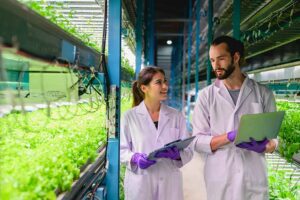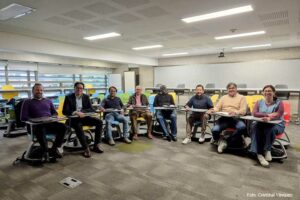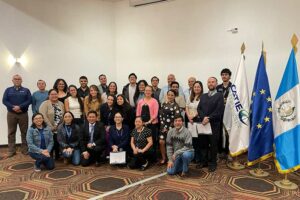Forest guardian communities: the protagonists of forest concessions
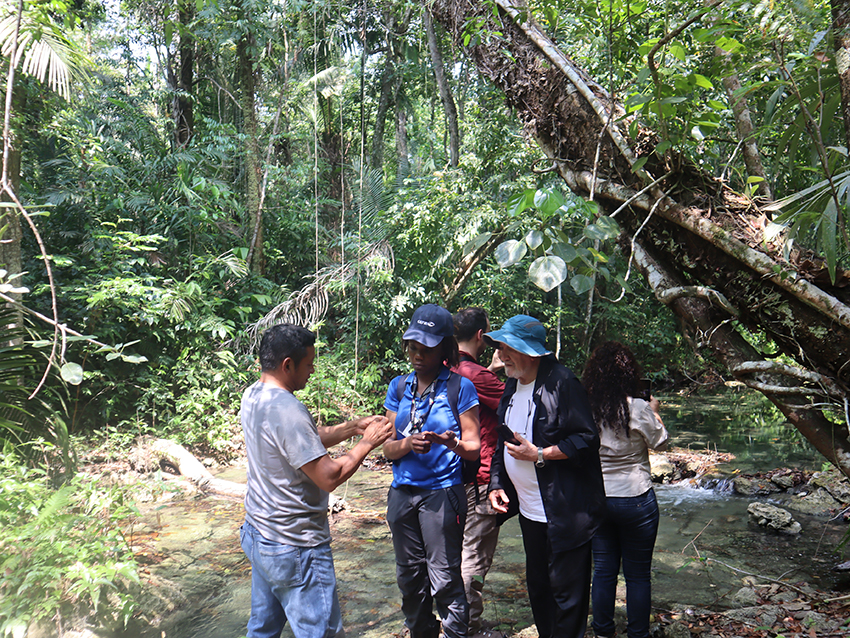
- The forestry concession model has been key in boosting the local economy and conserving biodiversity in tropical forests, but what are they really about and why have they proven to be such an important tool for forest protection?
June 9, 2022. Consolidating a productive, social and technical model that favors the protection of tropical forests while promoting rural development has been one of the essential objectives of the work on sustainable forest management implemented by CATIE (Tropical Agricultural Research and Higher Education Center) together with the French Center for International Cooperation in Agronomy for Development (CIRAD) in Latin America and the Caribbean.
Through different research and studies over the years, in addition to collaborative work with community organizations, it has been demonstrated that a model that strikes a balance between the sustainable use of forest resources as an economic source and the conservation of its biodiversity is possible. This is how the forest concession model came about.
This model has shown how communities in different parts of the region have become true guardians of tropical forests. Forest concessions contribute to a public-private partnership that involves the local population in the management of natural resources in a transparent, organized and planned manner.
The Petén, in Guatemala, is one of the most consolidated examples when it comes to community forest management, managing to promote the protection of tropical forests and, in turn, create tools that promote diversified forest development beyond timber products, which allows an expansion of the resources they offer and generate income for families.
Non-timber products include ramón seeds, dexate leaves, chicle, pepper, and honey, among others. Ramón is a fairly abundant forest species in the tropical forests of Mexico and Central America, and has been recognized for its high nutritional and medicinal quality. For their part, xatese leaves have stood out as a great source of work for many people-especially women-who, through the collection, classification and packaging of these leaves, have been consolidated in the market as a product for ornamental purposes.
Likewise, diversified forest management by communities contributes to curbing deforestation, controlling forest fires, eradicating illegal logging, controlling poaching, and conserving the region's biological diversity and cultural wealth. "All this is widely documented by several technical and scientific studies carried out by several organizations, as well as by the continuous evaluations carried out by CONAP, its Spanish acronym (National Council of Protected Areas) and the World Forestry Stewardship Council (FSC)," said Fernando Carrera, researcher of the Forests and Biodiversity in Productive Landscapes Unit of CATIE.
These concessions have been established in the Multiple Use Zone (MUZ) of the Maya Biosphere Reserve and are under the administration of CONAP. In total, there are approximately 500,000 hectares, including 12 community concessions and two commercial concessions, which have been operating for more than two decades, generating more sources of employment; increasing community income; forming community forest enterprises; social investment; increasing technical and administrative capacities; and international recognition through the FSC.
Forest concessions in Guatemala have demonstrated the importance of the involvement of local stakeholders in forest governance, achieving multiple environmental and socioeconomic benefits, which now also contribute to the fulfillment of the Sustainable Development Goals. Therefore, making these results visible means supporting and strengthening the concession model, the social connectivity between organizations, as well as their representation and political advocacy.
"The Péten model is an example for the promotion of community concessions as a conservation measure for tropical forests in the Anthropocene, at local, regional and global scales. We as international institutions should promote this model of sustainable interaction between people and forest ecosystems as a tropical forest conservation strategy, which allows for a more sustainable future for our threatened tropical forests," said Marie AngeNgoBieng, forest ecologist at CIRAD-CATIE.
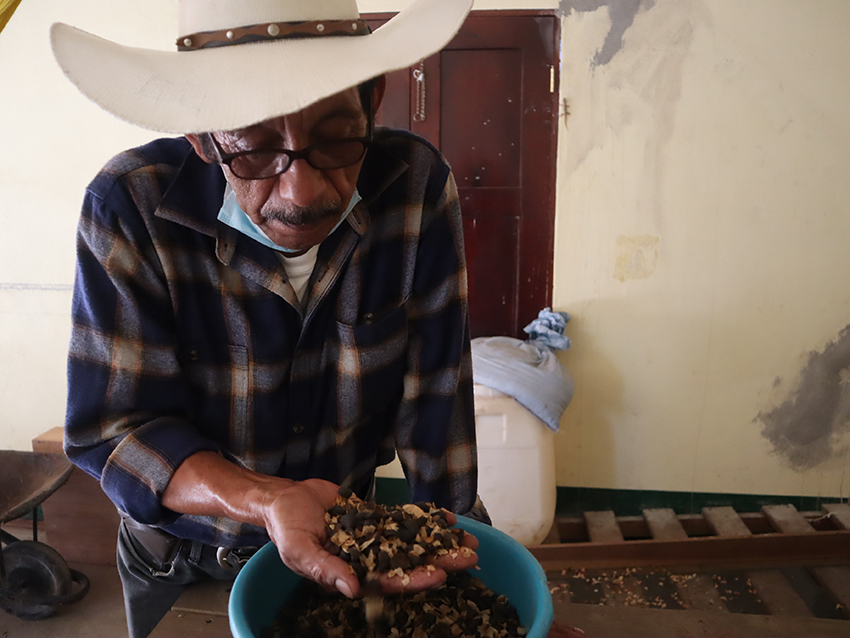
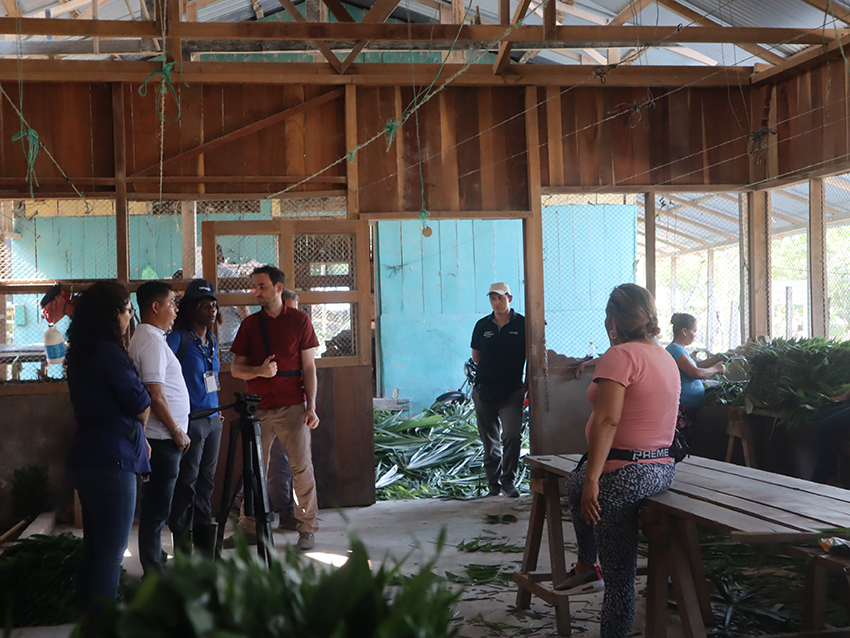
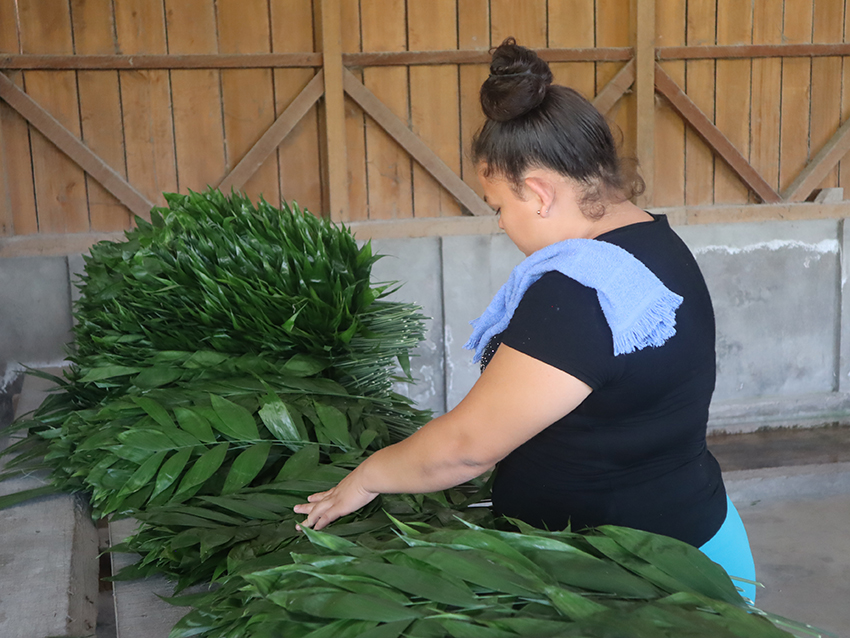
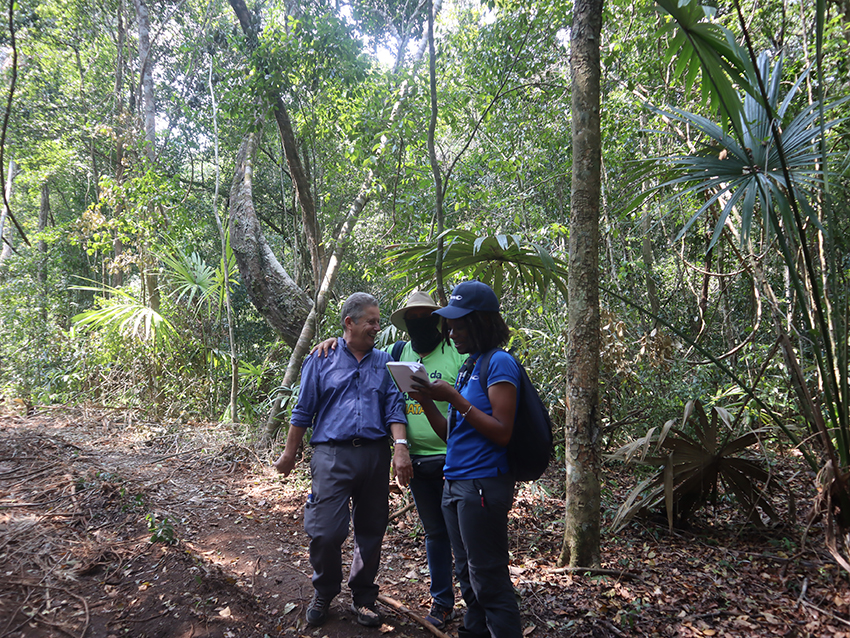
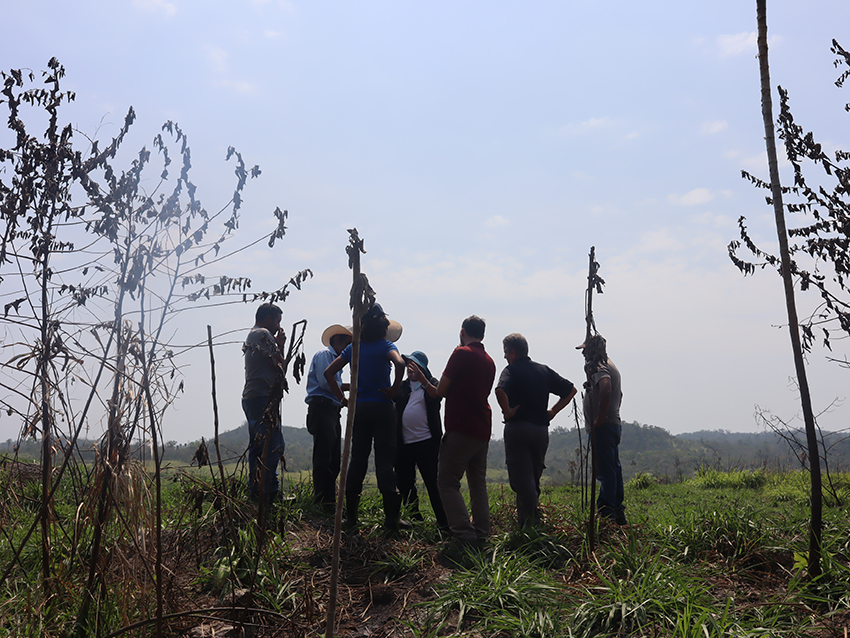
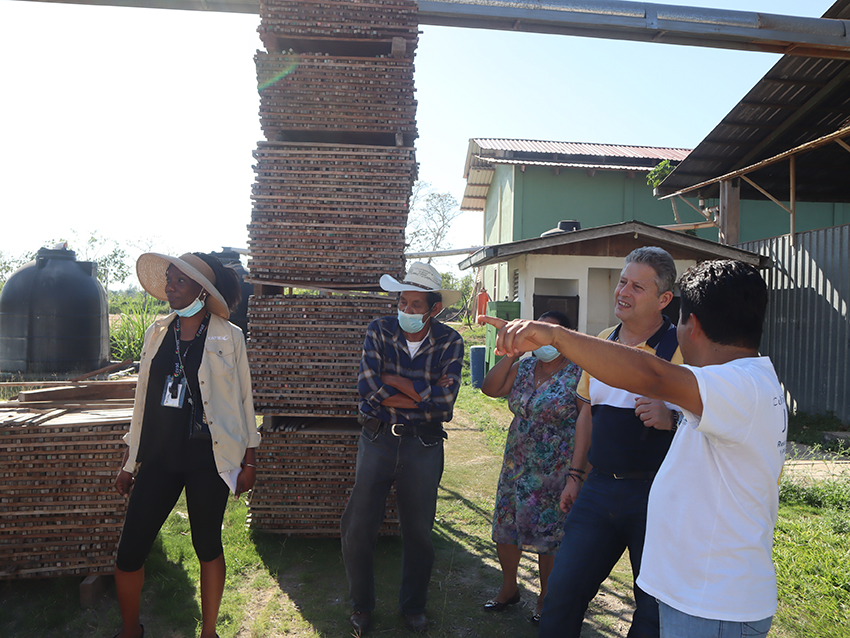
More information:
Marie Ange Ngo Bieng
Researcher
Forests and Biodiversity in Productive Landscapes Unit
marieange.ngo@catie.ac.cr
Written by:
Dannia Gamboa Solís
Communications Assistant
Information Technology and Communication
dannia.gamboa@catie.ac.cr

